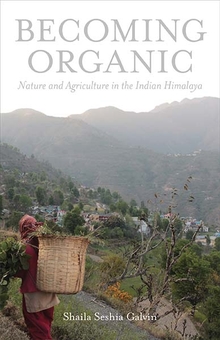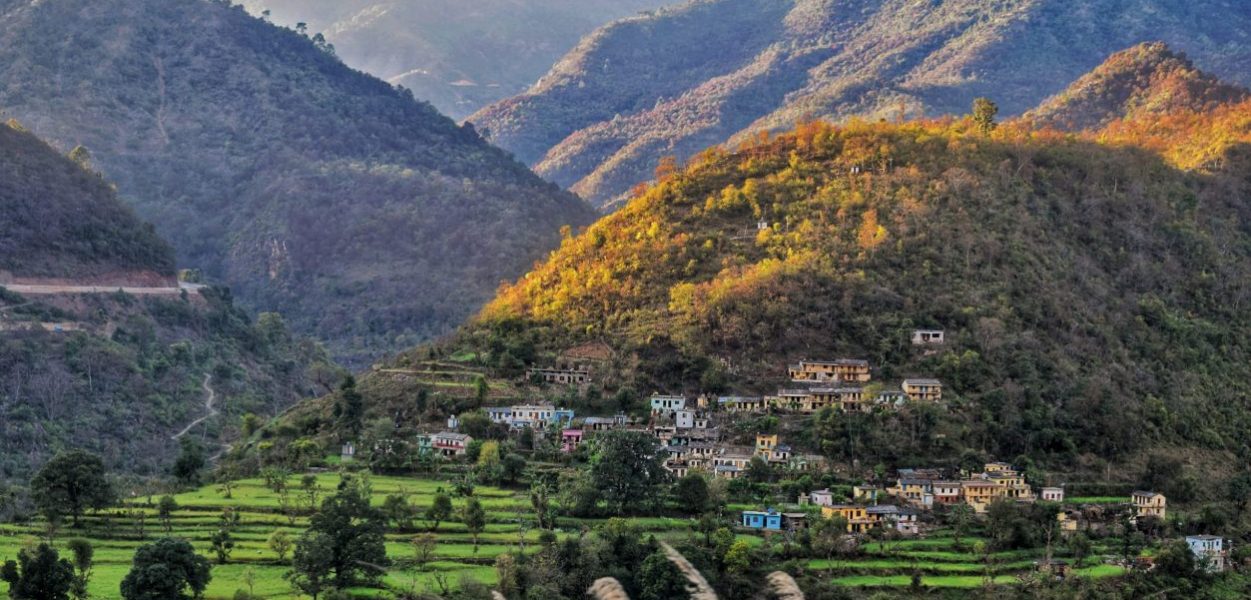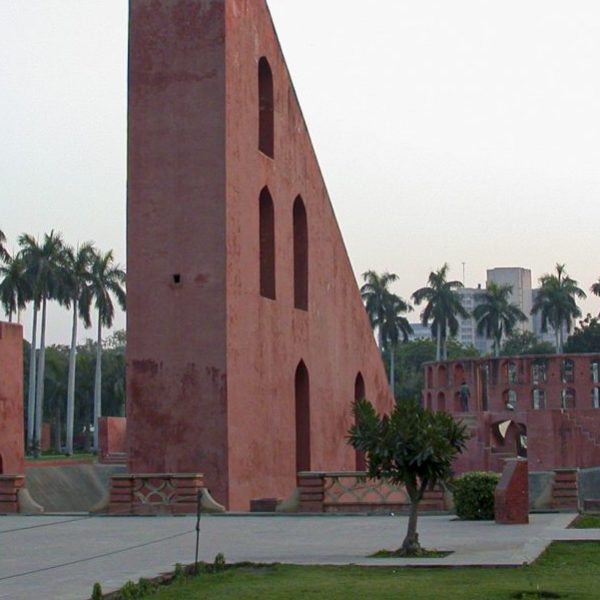Becoming Organic in the Himalayas
Shaila Seshia Galvin—
These days, the word organic typically conjures notions of food that is natural, pure, and ecologically produced. Recent decades have seen the rapid expansion of organic agriculture, with the amount of land area under certification, the number of producers, and the volume of sales all witnessing rapid global growth. This has occurred in step with the rise and proliferation of organic standards and certification regimes to vet methods of production, so much so that organic is now frequently understood to signify a property or essential characteristic of land or its produce.
The rise of organic farming may be seen as a typically millennial phenomenon, but its roots run deep in experiences of industrialization and colonization. It took hold in the twentieth century as a response to the depredations wrought by industrialized and factory farming, bringing forth methods and practices that one of its earliest proponents, Albert Howard, described as “farming in nature’s image.” Howard’s ideas of organic farming had notably been kindled in British-ruled colonial India, where he had been appointed in 1905 as Imperial Economic Botanist and spent decades studying soil processes and composting practices that were the bedrock of systems of permanent agriculture in India. Upon his return to England, Howard viewed with concern the deleterious effects on soil caused by the rapid expansion and intensification of agricultural production through increased landholding size, mechanization, and use of synthetic fertilizers after the First World War. Howard’s colonial experience proved formative in shaping his ideas of organic farming, and he was an instrumental figure in the founding of the British Soil Association. In these earliest forms, organic farming sought to mimic “nature’s methods.” Positioned in opposition to growing industrialized modes of agricultural production, as philosophy and discourse it seemed to proffer a different relation between nature and agriculture.
At the turn of the millennium, nearly a century after Howard’s arrival in India, ideas about organic agriculture found new expression in India’s Himalayan region. In 2003, the then newly-created state of Uttarakhand declared its ambition to become entirely organic. The declaration was ambitious, and also curious, for many claimed that cultivators in Uttarakhand had always been organic. Farmers in this region have long pursued cultivation at the margins of many of the twentieth century’s most dramatic agrarian transformations: canal irrigation, high-yielding seeds, synthetic fertilizers, and, more recently, genetically modified crops have made few or no inroads in the state. Instead, in this largely mountainous, Himalayan environment, agriculture is largely rainfed, mixing permanent cropping and animal husbandry in close relation with forested areas and common lands.
What, then, does it mean to become organic in a region that is often described as being “organic by default,” where organic agriculture does not play an easy foil to industrialized and factory farming? In Uttarakhand, the arrival of certified organic agriculture implies something different from well-hewn notions of “farming in nature’s image.” The experience of Uttarakhand’s cultivators reveals that organic is not merely a characteristic of purity or naturalness that emerges from the prohibition of synthetic inputs and technologies. On the contrary, it is a quality that must be actively produced, assembled, and demonstrated across agrarian, bureaucratic, and regulatory practices—from the construction of compost pits and methods of composting, to the elaboration of certification documents, field inspections, and contracts that bring together private sector buyers of organic produce, farmers, bureaucrats, and new agrarian intermediaries.
Organic agriculture may still hold out a promise of refashioning relations between nature and agriculture. But it accomplishes something quite different as well. New connections forged among farmers, state authorities, private companies, and certification agencies in the Indian Himalaya signal, more broadly, how becoming organic can also remake agrarian relations themselves.
Shaila Seshia Galvin is an associate professor of anthropology and sociology at the Graduate Institute of International Development Studies in Geneva, Switzerland. She has worked with the Institute of Development Studies, the Food and Agriculture Organization, and the UK Food Ethics Council.
Further Reading:



























